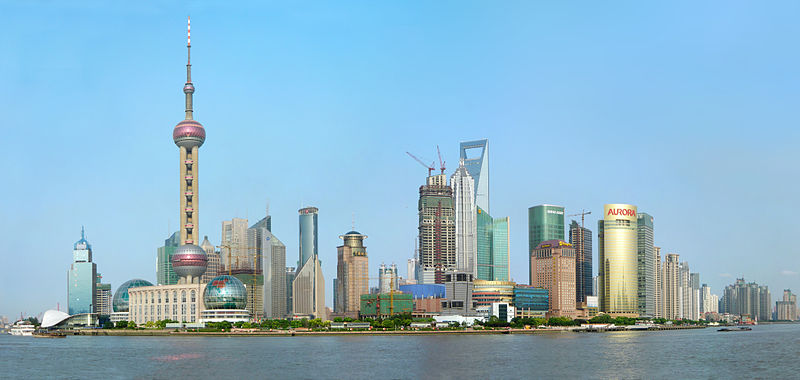The cost of living in luxury for Asia’s High Net Worth Individuals (HNWIs) continues to outpace standard measures of inflation, albeit at a slightly slower pace than was seen in 2012, according to the Julius Baer Lifestyle Index which is compiled as part of the annual Julius Baer Wealth Report.
Stefan Hofer, Emerging Market Economist and lead author of the report said, “Evidence continues to mount that Asia’s growth and wealth creation engine has decoupled from mature economies, and there are clear indications that China in particular is moving up the value chain. We anticipate that the number of HNWIs in Asia will grow from the estimated level of 2.17 million in 2013 to at least 2.82 million HNWIs in Asia (excluding Japan) by 2015.”
Key findings of this year’s Julius Baer Wealth Report focusing on Asia include:
- The overall Julius Baer Lifestyle Index rose 8% in 2013.
- In both US dollar (11%) and local currency (16.7%) terms, Mumbai saw the highest increase in cost of luxury goods and services over the past year.
- While most of the twenty index constituents for Shanghai rose year-on-year, the moderation in luxury property prices constrained the overall increase. Excluding property and equally weighting the other items, Shanghai luxury living costs rose by 10% in renminbi terms (11% in USD terms).
- In keeping with the 2012 outcome, the cost of university education has shown the highest increase for this year, up more than 30% for all markets. This raises important issues for parents and applicants, beyond simply rising costs.
- The second highest average increase was seen in high-end wine, which increased more than 16% on average across all markets. Commentary by leading wine experts indicates that Asia’s wine tastes are rapidly evolving, suggesting that prestigious wine labels may rise at a slower rate in the future.
Now in its third year, the Julius Baer Wealth Report continues to focus on Asia. Historically the Index covered Hong Kong, Singapore, Shanghai and Mumbai. This year new cities have been added including a comparison of luxury goods and services costs across Manila, Jakarta, Seoul, Taipei, Kuala Lumpur, Bangkok and Tokyo for the first time.
As Stefan Hofer noted, “Japan’s economy is at a crossroads. In recognition of the profound changes that have taken place since September 2012, Tokyo has been included in this year’s report for the first time. We estimate that Japan is currently home to 2.1 million HNWIs, measured in US dollar terms. In contrast to other economies in Asia, where the report’s forecasts have included currency appreciation assumptions, Japan’s economic renaissance is, over the shorter term, created by yen weakness. Nevertheless, we are increasingly confident that Japan can cast off the yoke of deflation and drive further wealth creation into the medium term.”
He continued, “Interestingly, Tokyo does not stand out for being especially expensive, in particular on the goods front. Only ‘men’s tailoring’ and ‘women’s shoes’ are more expensive than the regional average.”
The Julius Baer Wealth Report 2013 makes note of the rapid change taking place in the luxury consumption area. Purchases of lower ticket items in the index, such as wine, cigars and watches are becoming more frequent and not seen as ‘one-off’ luxuries. Branding and prestige purchases are making way for buying value and quality, which suggests that, particularly in China, the luxury landscape is going to move away from some established market leaders.

